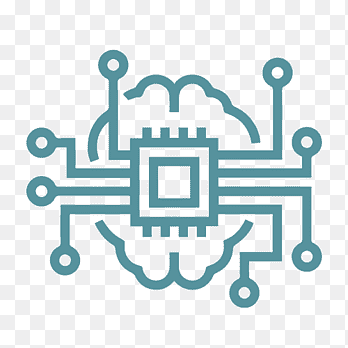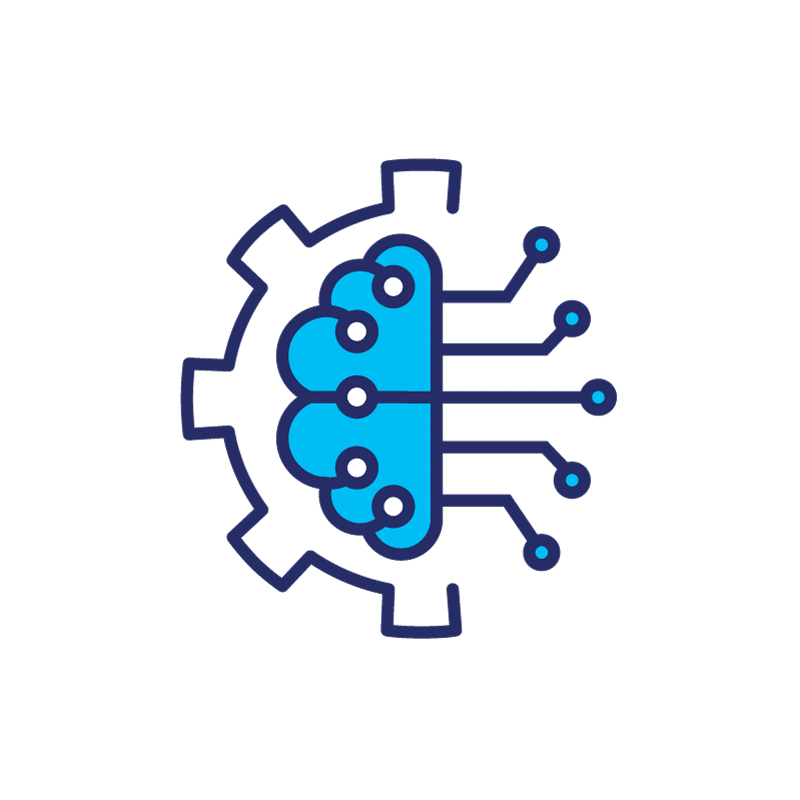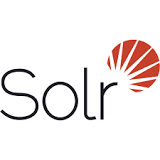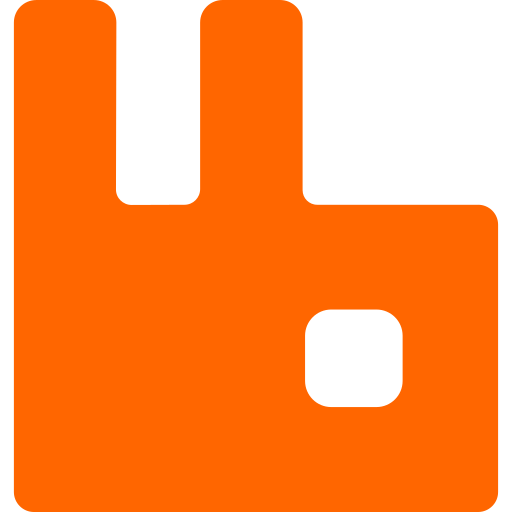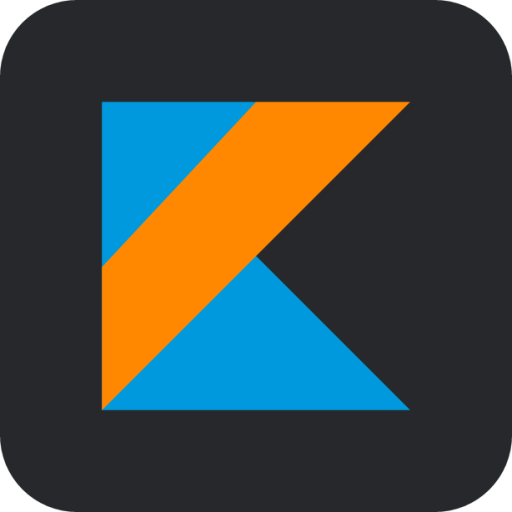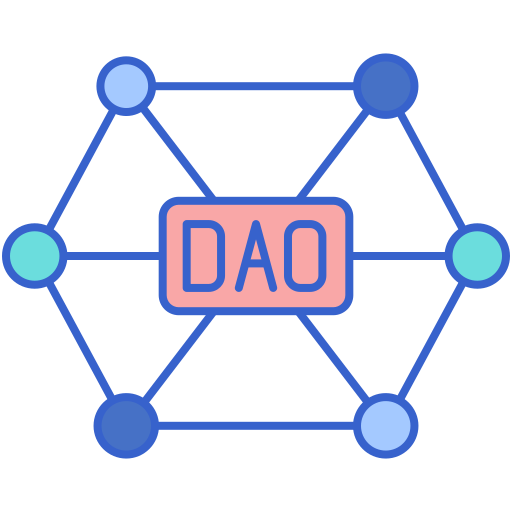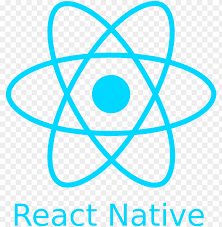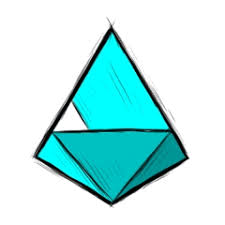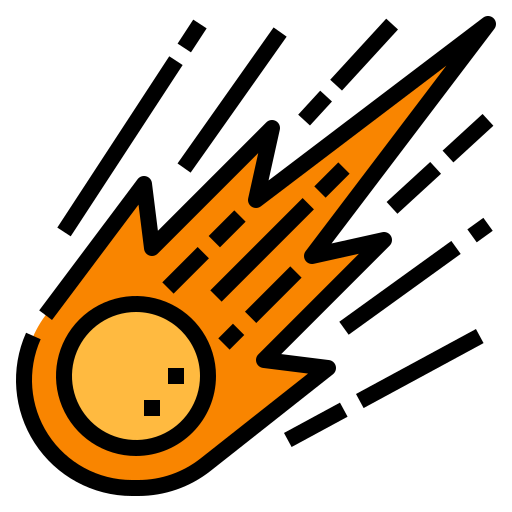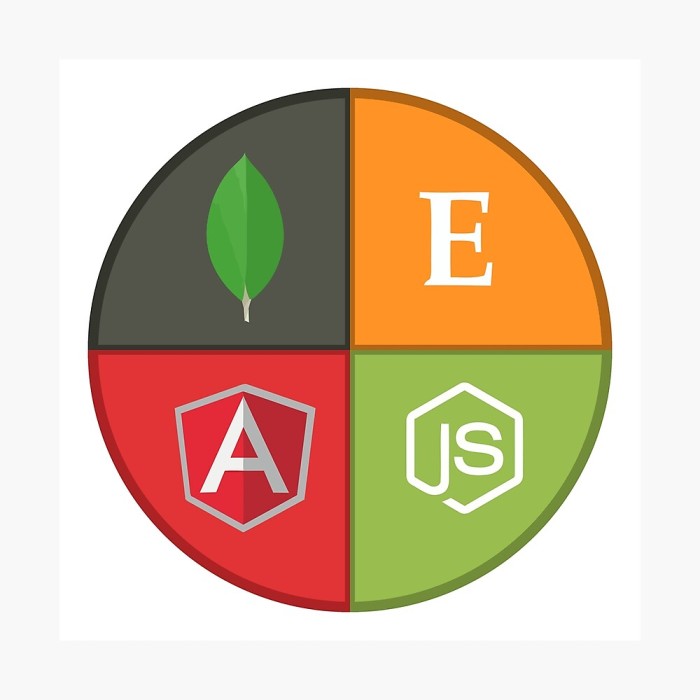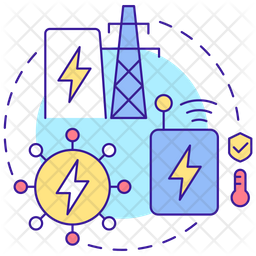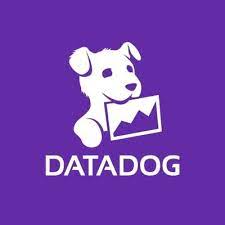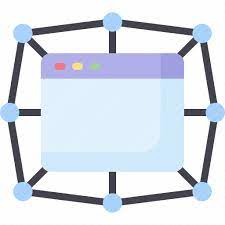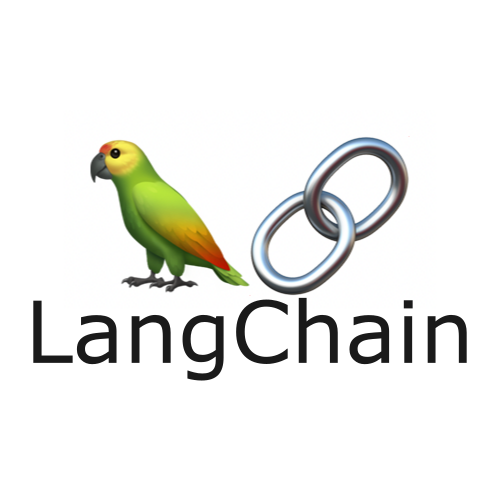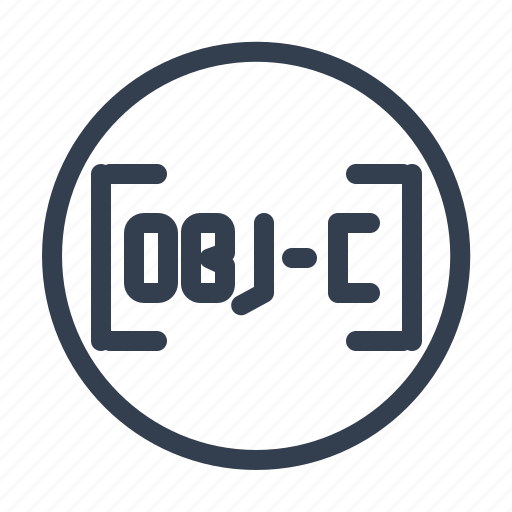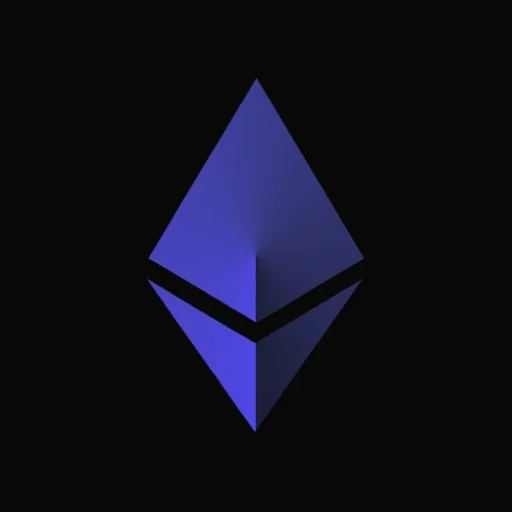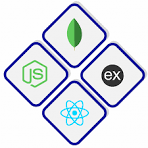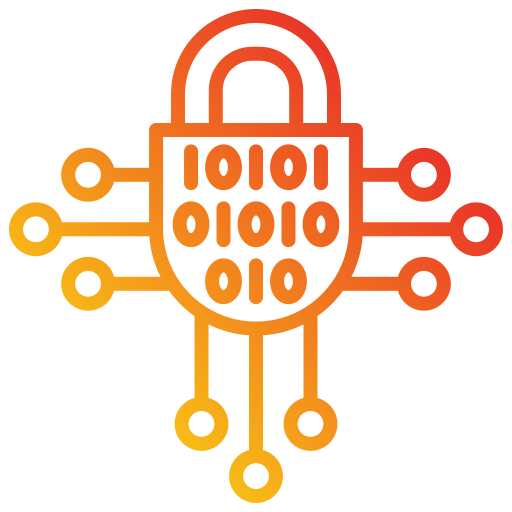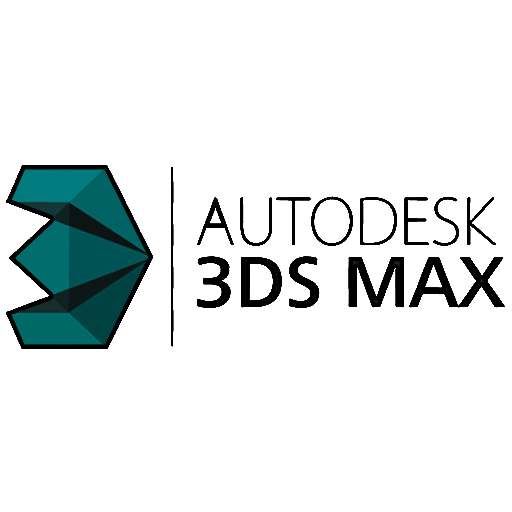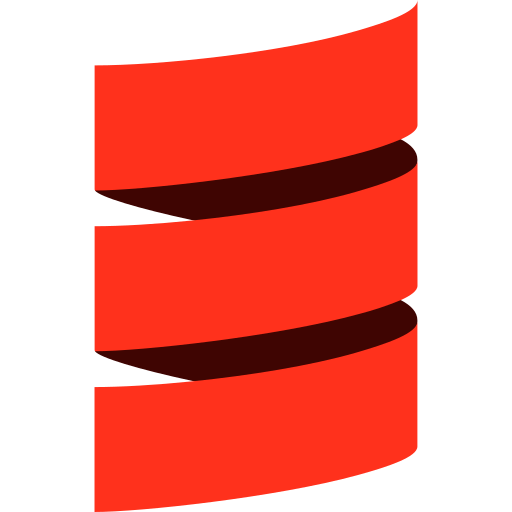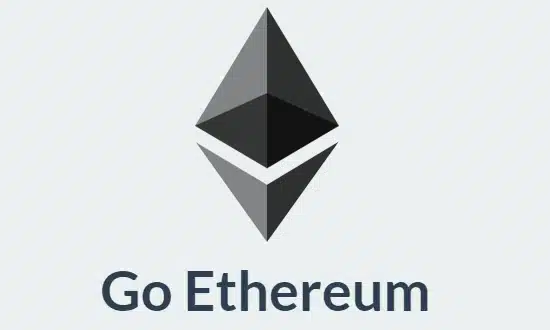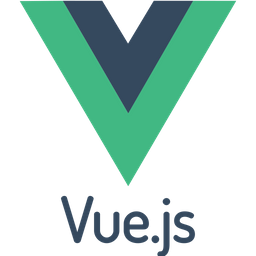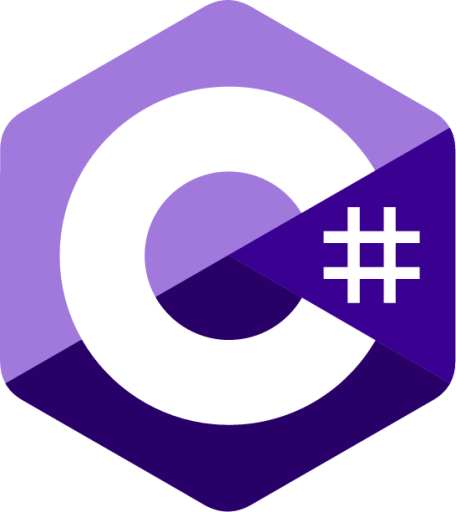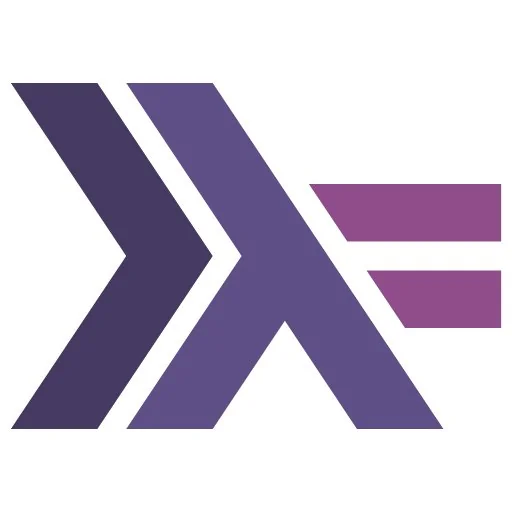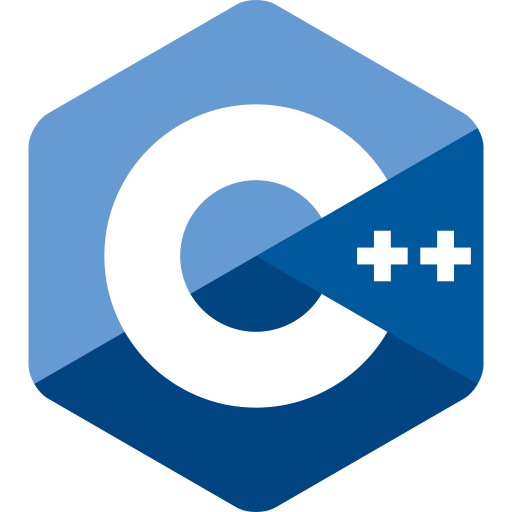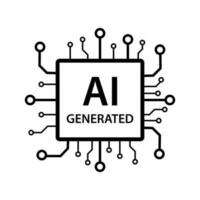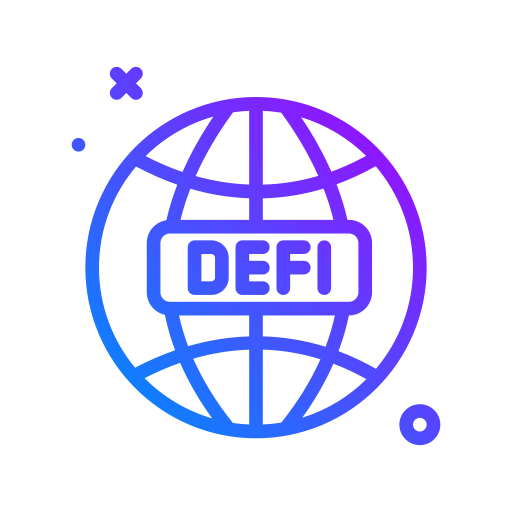Contents
What are the Essential Skills of a PyTorch Developer for Hire?
How Much Does it Cost to Hire a PyTorch Programmer?
Where do I Hire the Top Remote PyTorch Experts?
How to Shortlist PyTorch Developers?
Interview Questions to Hire PyTorch Developers
What are the Essential Skills of a PyTorch Developer for Hire?
PyTorch developers must possess the following abilities in their repertoire:
- Proficiency in Python
- Expertise in Applied Mathematics
- Expertise in Computer Version
- Experience with Natural Language Processing (NLP)
- Knowledge of Neural Networks
- Excellent Critical thinking and Collaboration skills
When assessing candidates for a Python-based library, it's essential to assess their proficiency in core Python principles. In the hiring process, prioritize individuals who has a strong understanding of fundamental concepts like variables and data types, exception handling, file management, data structures, and object-oriented programming.
PyTorch developers must possess an exceptional knowledge of math when working on machine learning projects. It allows developers to use various formulas to choose the best methods for specific data sets. They can also use arithmetic to define parameters and estimate confidence levels. A strong mathematical foundation makes it easy to understand many algorithms developed through statistical modeling processes.
Computer vision is about training computers to interpret the visual world, identify objects accurately, and react accordingly to what they see using digital images from deep learning models, videos, or cameras. An experiencedPyTorch developer can quickly recognize problems while finding solutions to maximize results for optimal performance.
Natural Language Processing (NLP) depends on a set of powerful libraries that assist computers in understanding human language. These libraries have useful features, like breaking text down into grammar rules and picking out significant phrases from a large amount of text. For PyTorch developers, it is advantageous to familiarise themselves with popular libraries such as Natural Language Toolkit (NLTK), an invaluable platform used for developing applications that deal with NLP.
Neural networks are a crucial aspect of deep learning, mimicking the way our brains work. They're made of artificial neurons, forming complex structures that take in several inputs and give one output. For PyTorch experts, it's important to grasp the basics of this architecture—it's a key skill we look for when hiring.
PyTorch developers must have both soft skills and technical knowledge. Communication abilities within a business should include accurately conveying ideas using appropriate tones and body language, managing teams effectively when necessary, and working closely with other teams across an organization to manage projects while generating creative ideas to solve complex business problems using logic and reasoning. Therefore, hire talented PyTorch developers who possess these qualities.
How Much Does it Cost to Hire a PyTorch Programmer?
Rates can vary on various factors such as expertise and experience, location, and market conditions. Experienced PyTorch programmers may charge higher fees, but they also tend to work faster, specialize in more fields, and deliver superior-quality products.
Where do I Hire the Top Remote PyTorch Experts?
There are two kinds of platforms you can hire Pytorch developers from: general and niche marketplaces. General platforms, like Upwork, Fiverr, and Gigster offer non-vetted talents. You can find Pytorch developers on general marketplaces. However, top tech talents usually try to avoid general marketplaces to avoid bidding wars. If you're in search of remote Pytorch developers, UltraGenius is an excellent way to recruit the top candidates quickly and cost-effectively. By focusing on candidates who are the best fit for the role, you can save time and costs by interviewing only those most suitable for remote PyTorch developer positions. Considerations when hiring Pytorch developers include their platform's specialty, geographical location, and customer support services provided. Make sure you take into account all relevant criteria when comparing and choosing an online job board or platform to source Pytorch developers for hire.
How to Shortlist PyTorch Developers?
As you explore talented PyTorch developers, it may be beneficial to create a list of developers/programmers you'd like to interview. Screen profiles based on criteria like: Corporate Alignment: You need a PyTorch developer who understands your industry to help identify how best to reach your target market. Work Experience: Review candidate profiles to identify specific skills and experience (e.g. extending PyTorch with C/C++). Client Feedback: Look at reviews from previous clients to find positive testimonials or warning signs that can give you insights into the experience of working with a specific PyTorch developer.
Interview Questions to Hire PyTorch Developers
Here are some important interview questions to use when looking for the right PyTorch developers:
- What is PyTorch?
- What are the Benefits of using PyTorch?
- What are the Key Features of PyTorch?
- What is Tensor?
- What is Autograd Module?
- What are the Essential Elements of PyTorch?
- What is the Optim Module in PyTorch?
PyTorch is a well-optimized tensor library for Deep Learning, rooted in Python and Torch and is mostly used for application using GPUs and CPUs. People like it more than other similar tools like TensorFlow and Keras because it works with dynamic computation graphs and is very Python-friendly. This allows scientists, developers, and network debuggers to effortlessly run and test specific parts of their code in real-time.
Easy to Learn: PyTorch is designed for easy understanding, especially for beginners. The language is user-friendly and similar to Python, making PyTorch developers quickly grasp concepts and start creating machine learning models faster. Widely Accessible: PyTorch is available on multiple platforms such as Windows, Linux, and macOS, and supports both CPUs and GPUs, making it suitable for use across an array of environments and hardware configurations. Strong Community Support: PyTorch boasts a robust and active community. This means there are plenty of helpful resources, tutorials, and external libraries available. It creates a collaborative environment where people are able to share knowledge and work together to solve problems. Dynamic Computational Graph: PyTorch's dynamic computational graph feature allows for real-time changes in the model architecture. This flexibility is beneficial for dynamic and intricate models, enabling quick experimentation and prototyping without the need for rebuilding the entire graph. Easy Debugging: PyTorch simplifies the debugging process with its dynamic nature. Users can use standard Python debugging tools seamlessly, making it easier to identify and resolve errors during the development of machine learning models.
Here are the key features of PyTorch: User-friendly Interface: PyTorch provides an intuitive and user-friendly API, making its use simple and seamless if running on Python. Computational Graphs: PyTorch offers an excellent platform for dynamic computational graphs that enable users to make changes during runtime - especially beneficial if a developer doesn't have any idea of the amount of memory necessary for creating neural network models. Tensor Computations: PyTorch provides multidimensional arrays known as tensors that serve as fundamental building blocks in neural network models. Similar to NumPy arrays, tensors in PyTorch can easily be managed and used for mathematical operations. Eager Execution: PyTorch utilizes an eager execution model, in which operations are executed as soon as they are requested. This makes debugging easier and improves the overall intuitive experience during development.
Tensors in PyTorch are similar to NumPy arrays in that they're both used for numeric computation with zero prior knowledge of deep learning or gradients; both types provide generic arrays designed for numeric calculation.
Autograd is an automatic differentiation technique utilized by PyTorch that is particularly powerful when building neural networks. There is a recorder which records each operation performed before replaying them backward to calculate the gradient. If the candidate is aware of this module signifies a deep knowledge of Pyorch terminology.
Here are the few essential elements of PyTorch: 1. Tensor 2. Dynamic Computational Graph 3. Autograd 4. Neural Network Module 5. Optimizers 6. Dynamic Neural Networks 7. GPU Acceleration 8. Data Loading and Transformation
The Optim module in PyTorch is a crucial component that provides a collection of optimization algorithms, including Stochastic Gradient Descent (SGD), Adam, RMSprop, and more, for updating the parameters of neural network models during training. PyTorch Experts can choose and configure these optimizers based on their specific training requirements. The Optim module works in conjunction with PyTorch's automatic differentiation system (autograd), enabling PyTorch Experts to efficiently compute and apply gradients to the model parameters. This integration with the autograd system enhances the flexibility and effectiveness of optimization strategies employed by PyTorch Experts during the training process.
































